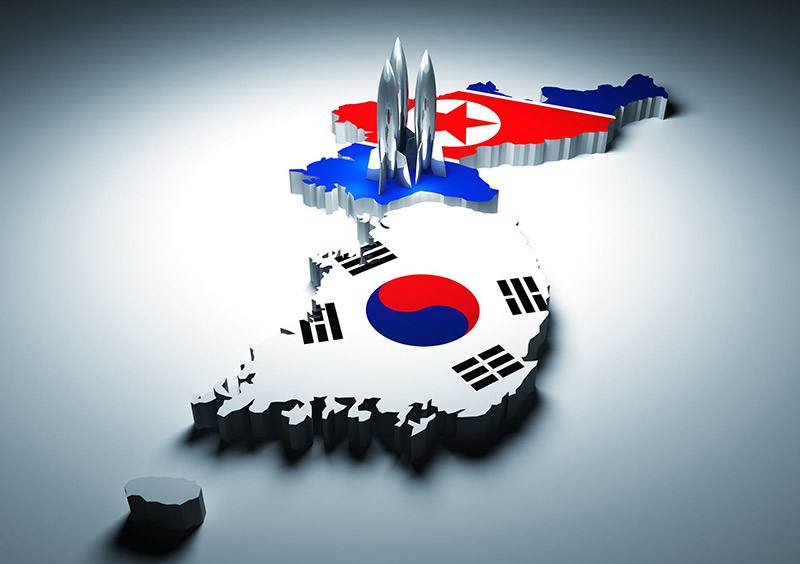President Trump Declares North Korea is No Longer a Nuclear Threat Via Twitter

Trump has declared that North Korea is no longer a nuclear threat on Wednesday morning (6/13/2018) via Twitter.
This tweet came after the Trump/Kim summit where they spent 5 hours in discussion and together the two of them signed a document in which Kim “reaffirmed his firm and unwavering commitment to complete denuclearization of the Korean Peninsula” (CNN).
While this might seem like a good thing at a superficial level, history proves that North Korea has made this promise numerous times in the past and has never followed through with it. In this case, Kim didn’t really promise anything further than what he already stated when he met with South Korean President Moon back in April and there was “no mention of the previous US aim of “complete, verifiable and irreversible denuclearization” from Pyongyang”.
Over the past several decades, North Korea has promised on multiple occasions to denuclearize. It seems to correlate to when North Korea needs something. “Usually they suffer some kind of internal crisis, and then start acting in a really threatening way to try to get people to give them stuff,” says Mieke Eoyang, a national security analyst for center-left think tank Third Way (Wired).
Eoyang believes that Trump gave up way to much in this deal. “It’s substantively worse than what any other president has done, she says, noting that the joint exercises aren’t just for show” (Wired).
While some observing the situation are showing signs of hope, history shows that this has happened before under different presidents of the past and it always ends the same way.
Here’s is a list of these events as compiled by wired.com:
What: Treaty on the Nonproliferation of Nuclear Weapons
When: December 12, 1985
What happened? North Korea signs onto this landmark treaty—190 countries are currently members—but makes its membership contingent on the US withdrawing nuclear weapons from South Korea, which doesn’t happen for several years, buying North Korea time to build its nuclear capabilities.
What: Joint Declaration of the Denuclearization of the Korean Peninsula
When: January 20, 1992
What happened? North and South Korea sign an agreement that “the South and the North shall not test, manufacture, produce, receive, possess, store, deploy or use nuclear weapons.” In February of 1993, suspicion that North Korea is violating its commitments creates tension over inspections, leading to further delays.
What: Agreed Framework
When: October 21, 1994
What happened? North Korea promises to stop plutonium production in exchange for much-needed supplies. This mostly holds up until 2002, when the US discovers that North Korea has secretly been enriching uranium for nuclear weapons. By the end of that year, Kim Jong Il kicks out all international inspectors. On January 10, 2003, North Korea officially withdraws from the 1985 nonproliferation treaty.
What: Six-Party Talks
When: September 19, 2005
What happened? After several rounds of intense talks with South Korea, China, Japan, the US, and Russia, North Korea pledges to abandon “all nuclear weapons and existing nuclear programs.” The US and North Korea can’t agree on verification details, though, leading to increased hostilities.
What: Six-Party Talks (Again)
When: October 3, 2007
What happened? In a joint statement, North Korea agrees to declare all of its nuclear programs, shut down those affiliated with its weapons program, and not to transfer “nuclear materials, technology, or know-how.” Once again, stakeholders can’t agree on a verification process.
What: US Agreement
When: February 29, 2012
What happened? North Korea agrees to suspend nuclear tests and uranium enrichment, and said it will allow inspectors, in exchange for food aid. Two weeks later, North Korea announces plans to launch a satellite, which immediately unwinds the deal.
Sources:
